What Pathe Films was Houdini involved with?
- [A] Houdini in Paris or Merveilleux Exploits du Celebre Houdini d Paris
- [B] The Mysteries of Myra
- [C] The Master Mystery or Le Maitre du Mystere
- [D] Velvet Fingers
Let’s explore each of the possible answers.
[A]
Per Silverman:
Produced by Pathe-Freres, Houdini’s film was entitled Merveilleux Exploits du Celebre Houdini d Paris. No complete copy seems to have survived, although the original was probably not much longer than the three and a quarter minutes that remain. Houdini in a light suit and black fedora is strolling with Bess along a Paris street. They come upon some helmeted flics tussling with a drunk. Deploring their brutality, Houdini tries to breakup the fray: the police chase him. Knowingly he sends Bess off, then allows himself to be captured and taken to the station. Stripped to trousers and shirtsleeves, he is thrown in a bare stone cell. Six mustached cops wrestle him into a waist-length straitjacket, then leave. But the story-board announces that Houdini “snaps his fingers” at the police. He escapes the jacket, hurls it to the floor, scornfully stomps on it. The flics reenter the cell, astonished to find him free. They lock him in several pairs of handcuffs and leave again. Houdini bangs the cuffs on the floor, opening at least some of them, and kicks off his shoes. One of them conceals a door key, which he uses to open the cell. As he flees past a guard outside the police station, the available film breaks off.
The film candidly shows his frantic-looking struggle to get out: he crouches, kneels, twists, hops, trying to bring in front of him the strap that connects the long arms of the jacket behind his back. Then, still lying on the ground, he sets both feet on the strap, stirrup-style. Violently he arches back and forth as if astride a haywire rowing machine or lunatic rocking horse, pushing the strap down with his legs until the jacket begins skinning off his body. After seventy-five seconds he is out, shirt mussed, hair wild.
Per Kino Film Notes by Wood:
The first part of the film was indeed shot – probably on a Pathé set – in 1901. But he says the film was re-shot in 1909, this time outdoors in the real world of Paris.
Per IMDB:
Houdini and his wife Bess are walking along the Seine in Paris, when he encounters a melee between a drunkard and the police. In the ensuing confusion, Houdini is arrested and taken to the police station where he is handcuffed, manacles, shackled, straitjacketed and otherwise tied up to a chair. He escapes from all these restraints. The film, originally shot in 1901, and re-shot in 1909, is intended as a way of recording the amazing escapes of Houdini the illusionist.
Per Solomon (via WAH):
The Adventures of Houdini in Paris was actually made by Film Lux, a rival to Pathe. While it could be argued that maybe Houdini made an earlier film for Pathe in 1901 (as noted on the photograph), Solomon’s search of the Pathe archives turns up no work with Houdini, and he even nails down the precise release date for Merveilleux Exploits; May 17, 1909.
Per John Cox (Houdinifile.com comment):
The complete film survives (disassembled), and the outside scenes are definitely 1909. What argues against the interior scenes being 1901 is the presence of Franz Kukol. Franz is the French policeman strapping the straitjacket and handling the handcuffs. Franz joined Harry in 1903. So those scenes have to have been either 1905 or 1909, the years HH returned to Paris. As Houdini appears exactly the same in the interior and exterior scenes, I think it was all done in 1909. It also fits as this is when Houdini was filming many things.
I currently believe the film was actually made in 1909, not 1901, and was released by Lux Film not Pathe Film.
[B]
It has often been said that one of his first credits was a special effects consultant on the Mysteries of Myra cliffhanger serial, though others have claimed that Houdini had no involvement in the production.
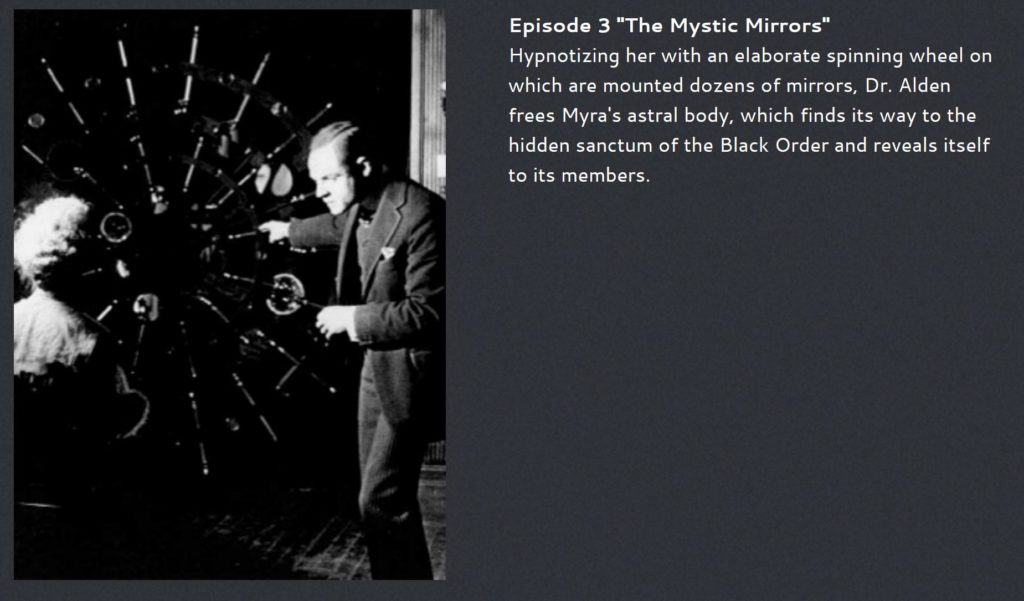 Per Silverman (via Christopher):
Per Silverman (via Christopher):
he had served as a special-effects consultant on the 1916 Pathe thriller The Mysteries of Myra, devising a whirling-mirror gadget supposedly capable of inducing hypnosis.
Per Eric Stedman (author of Myra book):
Mr. Houdini was not involved in the production of THE MYSTERIES OF MYRA. Nothing could have been more pro-spiritualism and Houdini as you know was interested in debunking all things occult, not promoting them as real as MYRA does. The actual consultants on the film were Hereward Carrington, who was the real-life prototype for the screen’s first paranormal investigator Payson Alden, and Aliester Crowley, who the villain the “Master” is made to resemble.
The confusion about Houdini being involved in this serial comes from his relationship with the Grossman pictures outfit which made THE MASTER MYSTERY serial and had filmed two serials in Ithaca previously, where MYRA was filmed, one of which was called THE CROOKED DAGGER. “Houdini is making a serial with a studio that worked in Ithaca” has been transformed over the years to “Houdini consulted on THE MYSTERIES OF MYRA serial which was filmed in Ithaca.” No evidence exists that Houdini even ever visited Ithaca for any reason and if he would have worked on MYRA the Whartons would have promoted that fact in their advertising. There’s no such mention of him in the original literature; the press releases are all about Hereward Carrington, the prolific spiritualist writer and founding member of early spiritualism societies.
I currently believe that Houdini had no involvement in Myra. That said, contributing to the confustion is the fact, that they also used a whirling-mirror gadget capable of inducing hypnosis in the Master Mystery which can be seen starting at the 2:42 mark of the clip below.
[C]
Per Silverman:
The serial was shown in France under Pathe sponsorship—the publicity identifying Houdini as “L’homme le plus populaire du monde entier”—and was booked in the United Kingdom, the Scandinavian countries. South America, the Philippines, and Australia. Export & Import Film Company exhibited it in India, China, and Japan as well, giving Houdini for the first time an audience in Asia.
Based on French advertisements, I am with Silverman on this one.
[D]
This WAH footage snippet has been previously described as Marvels of Motion (aka Houdini in “VELVET FINGERS”) a short from 1925/26. However, we know that Pathe released a serial titled “Velvet Fingers” on December 5, 1920
Per: Marvels of Motion, Issue C (1925) – IMDb:
The patented Fleischer-Novagraph process provides unique images in slow motion, reverse motion, and freeze-frame. Subjects include athletics, dancing, dogs, cows, and the card tricks of Harry Houdini.
Per Moving Picture World May 30 1925 that reviewed Marvels of Motion Issue C:
Per Silverman:
The movie business also kept Houdini on the go, but now only as a litigant. Except a brief appearance in one installment of the Pathe Review, demonstrating card flourishes, and an effort to import a Swedish film. The Witch, presumably for American distribution, his career as a film star and producer was over.
Per Motion Picture News, March 20, 1926:
Pathe Review No. 12 brings Houdini to the screen as a master manipulator of playing cards in a novelty called “Velvet Fingers.”
Per Greensboro NC Record, March 21 1926:
HOUDINI’S VELVET FINGERS
Houdini, master magician, brings to the screen his grace and form in handling playing cards in a current issue of the Pathe Review. He also presents an expose of some of the card tricks by means of which card sharps have mulcted the public of millions of dollars. Slow motion analyses “the gambler’s cut,” in which the middle and bottom of the deck are transposed, leaving the top as it was; the “forearm rifle” in which Houdini makes a whole deck of cards obey his orders and the “forearm toss,” in which every card stays in its place as if under hypnotic control, and other stunts that make the cards almost sit up and talk.
Based on 1925/26 clippings with descriptions of Marvels of Motion and Velvet Fingers, I don’t think the 1920 serial has anything to do with the 1925 Marvels of Motion Issue C that was released March 1, 1925. And I believe the 1925 Marvels of Motion short (produced by Red Seal Pictures) was featured on its own as Velvet Fingers (produced by Pathe) in 1926.
CONCLUSION
So Houdini did not directly make any of these films for Pathe, but his Master Mystery Serial and Marvels of Motion short was sponsored by Pathe at later dates as Le Maitre du Mystere and Velvet Fingers respectively.

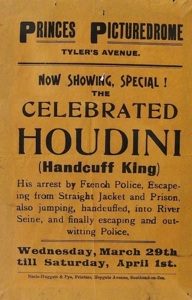
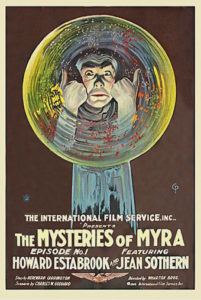
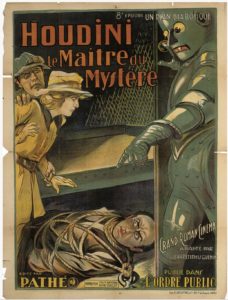

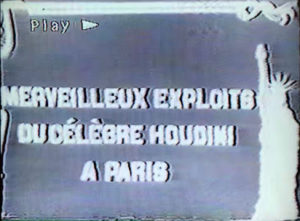
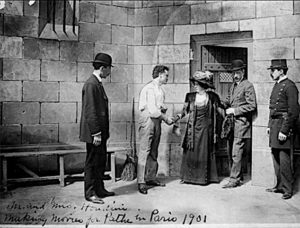
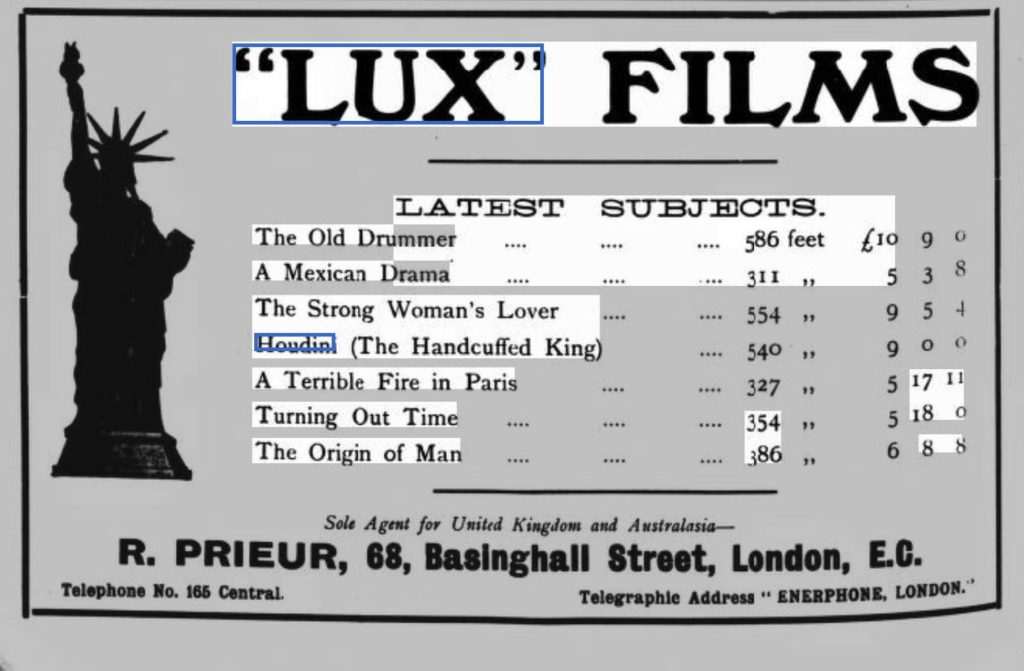
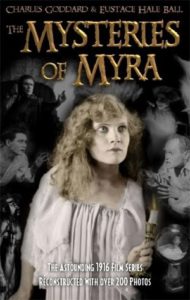


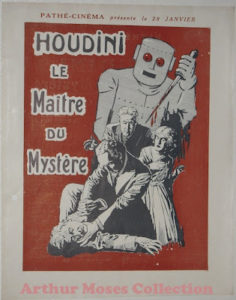
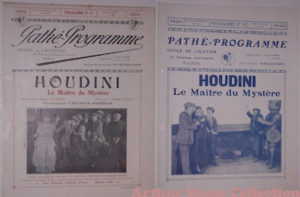




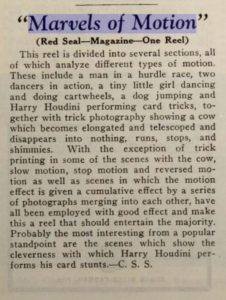
Excellent work!
That La Cinematographie Francaise cover is fantastic! I’ve never seen that.